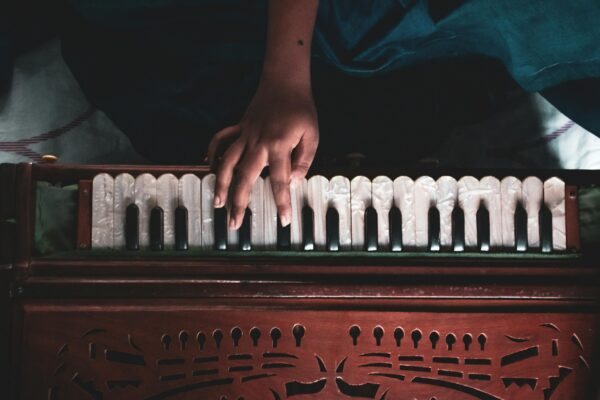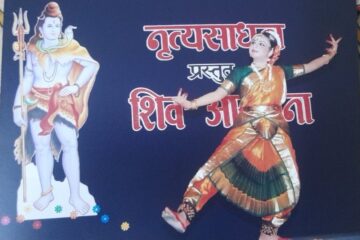In Hindu mythology, Lord Shiva is often depicted as Nataraja, the cosmic dancer whose divine dance symbolises the rhythm of creation, preservation, and destruction in the universe. This iconic imagery has transcended time and culture, inspiring artists and performers across the globe to explore its profound symbolism and aesthetic beauty. In contemporary art and performance, Lord Shiva’s dance continues to captivate audiences, serving as a timeless source of inspiration and introspection.
Hence, This Mahashivratri, let’s dive deep into the mythological ocean, and learn how Lord Nataraj teaches us the truth of life.
Contemporary artists and performers have reimagined Shiva’s dance in various mediums, from traditional paintings and sculptures to avant-garde installations and multimedia performances. Through their creative interpretations, they seek to delve into the deeper philosophical and spiritual dimensions embodied by the Nataraja.
Lord Shiva’s dance as the symbol of life
One striking aspect of Shiva’s dance is its dynamic symbolism. Lord Nataraja holding Damru in right hand and flames of fire in his left hand. This is often representing the cycle of life, Damru as birth and flames as death. Contemporary artists have expanded upon this symbolism, infusing their interpretations with modern themes such as environmental degradation, technological advancement, and societal upheaval. For example, a contemporary painting of Shiva’s dance might incorporate images of pollution and deforestation, serving as a poignant commentary on humanity’s impact on the natural world.

Furthermore, Shiva’s dance is not merely a physical performance but a spiritual journey towards enlightenment. In contemporary performance art, dancers and choreographers explore the inner dimensions of the dance, seeking to embody its transformative power on stage. Through intricate movements and expressive gestures, they convey the intricacies of cosmic rhythm and the eternal quest for harmony and balance. These performances often blur the lines between the secular and the sacred, inviting audiences to contemplate their own place within the cosmic order.
Creativity
Moreover, Lord Shiva’s dance is a celebration of creativity and artistic expression. In contemporary art, artists experiment with diverse techniques and mediums to capture the essence of the Nataraja. Some create immersive installations that invite viewers to step into the cosmic dance, while others use digital technology to create interactive experiences that transcend physical boundaries. Through their innovative approach, these artists pay homage to the timeless beauty of Shiva’s dance while pushing the boundaries of artistic expression in the digital age.
Interconnectedness
Additionally, Shiva serves as a metaphor for the interconnectedness of all things. In contemporary interpretations, artists and performers explore themes of unity and diversity, highlighting the importance of embracing difference and finding common ground amidst conflict. Whether through abstract paintings or avant-garde performances, they seek to convey the message of oneness and solidarity that lies at the heart of Shiva’s cosmic dance.
Lord Shiva’s dance is the divine message of rhythmic Movement
In conclusion, Shiva’s dance continues to inspire and resonate with audiences in contemporary art and performance. Through its dynamic symbolism, spiritual depth, and celebration of creativity, it serves as a timeless source of inspiration for artists and performers around the world. In reimagining the Nataraja for the modern age, they pay homage to the enduring beauty and wisdom of this ancient mythological figure, inviting us to contemplate our place within the cosmic dance of life.


0 Comments